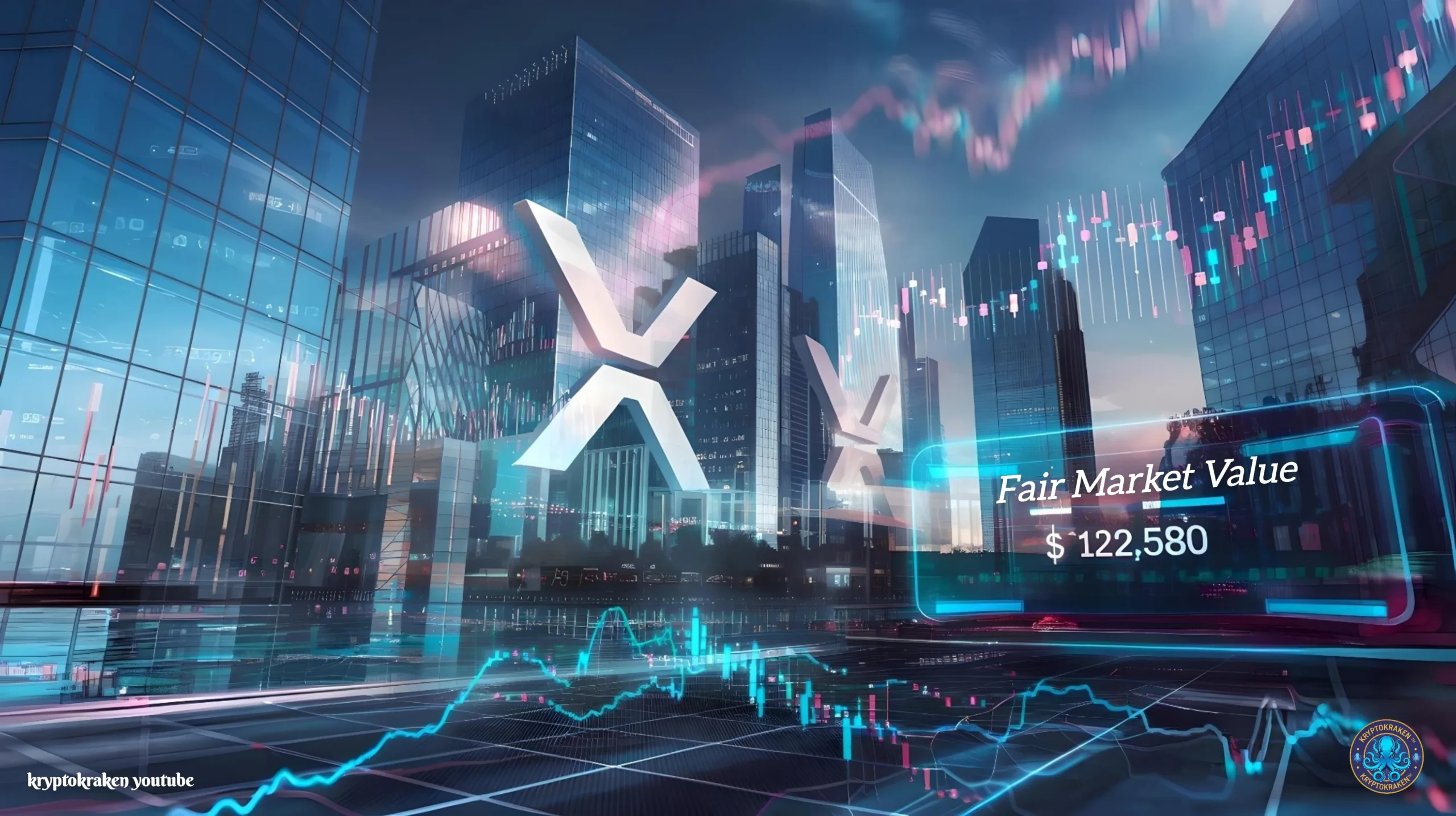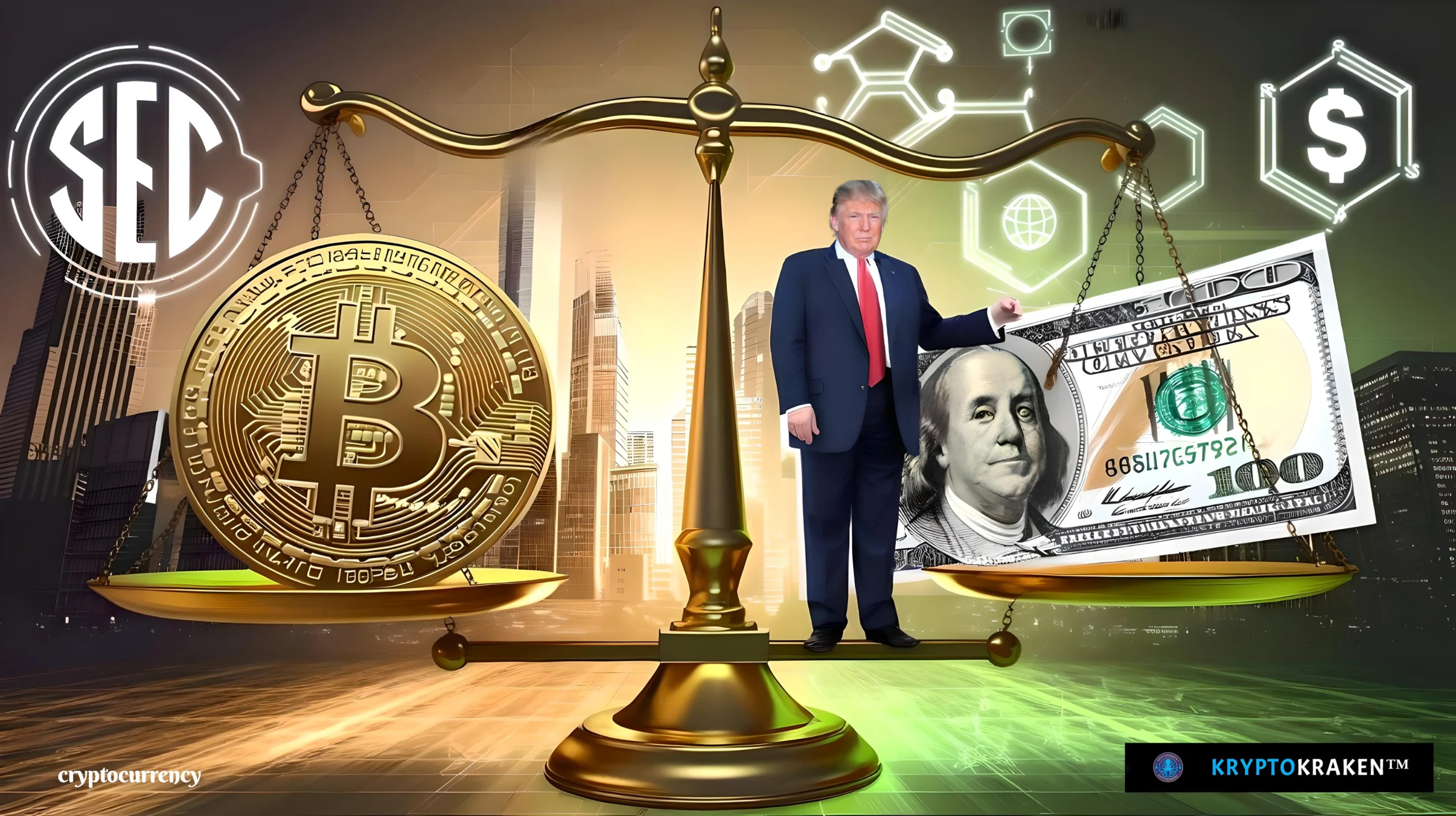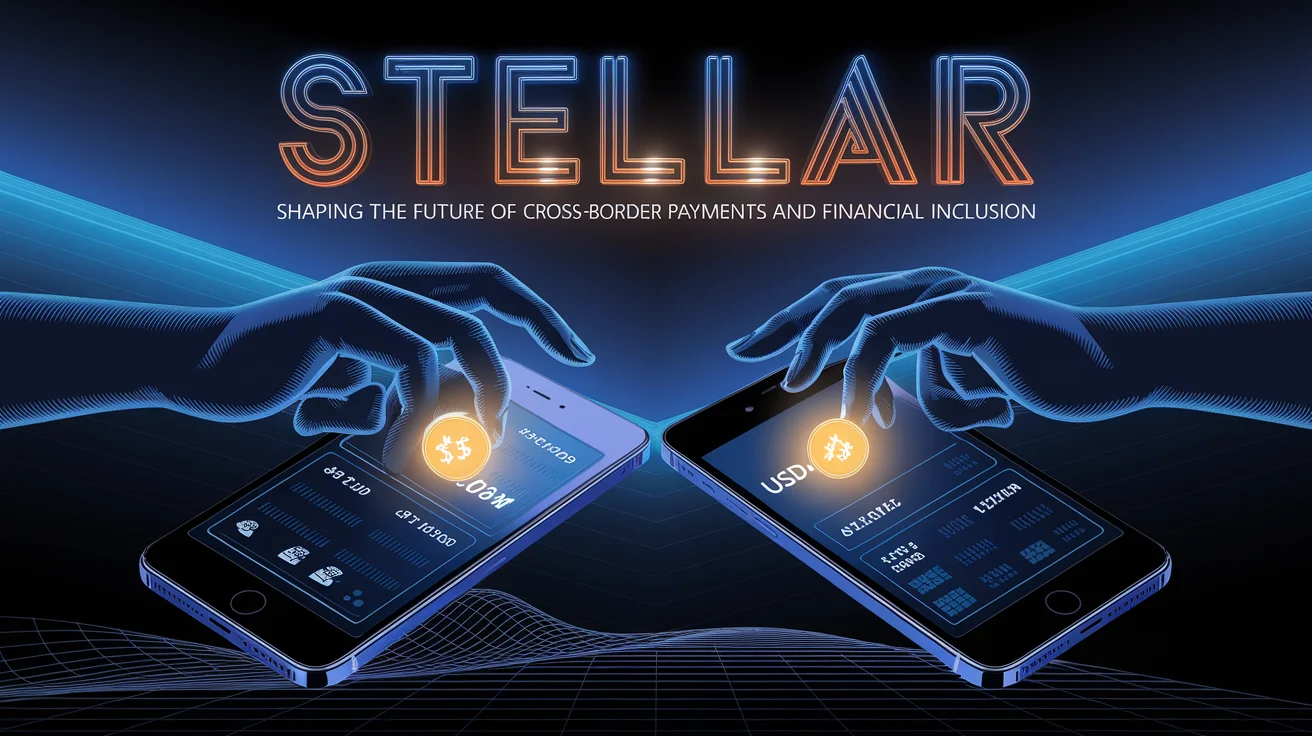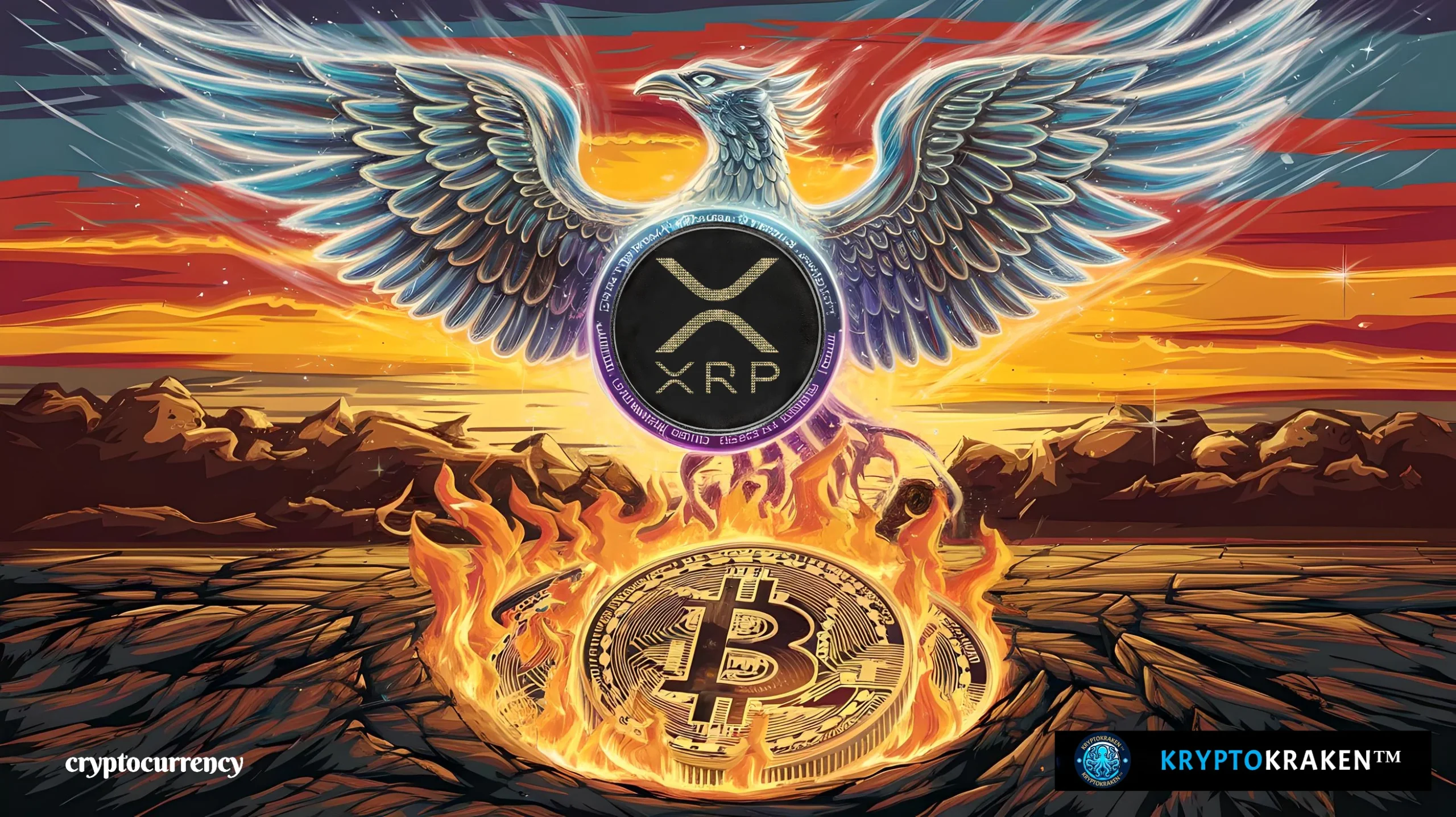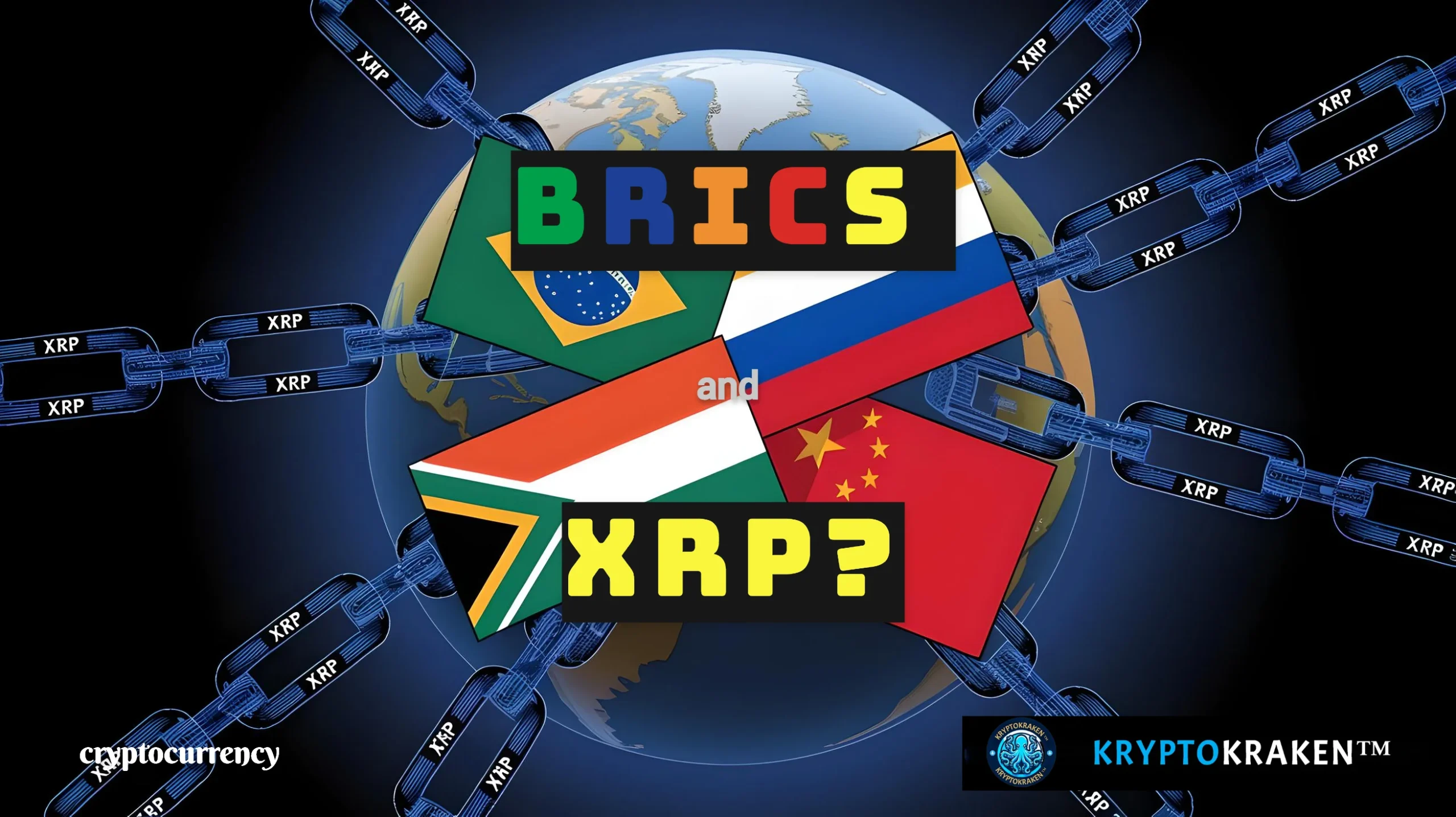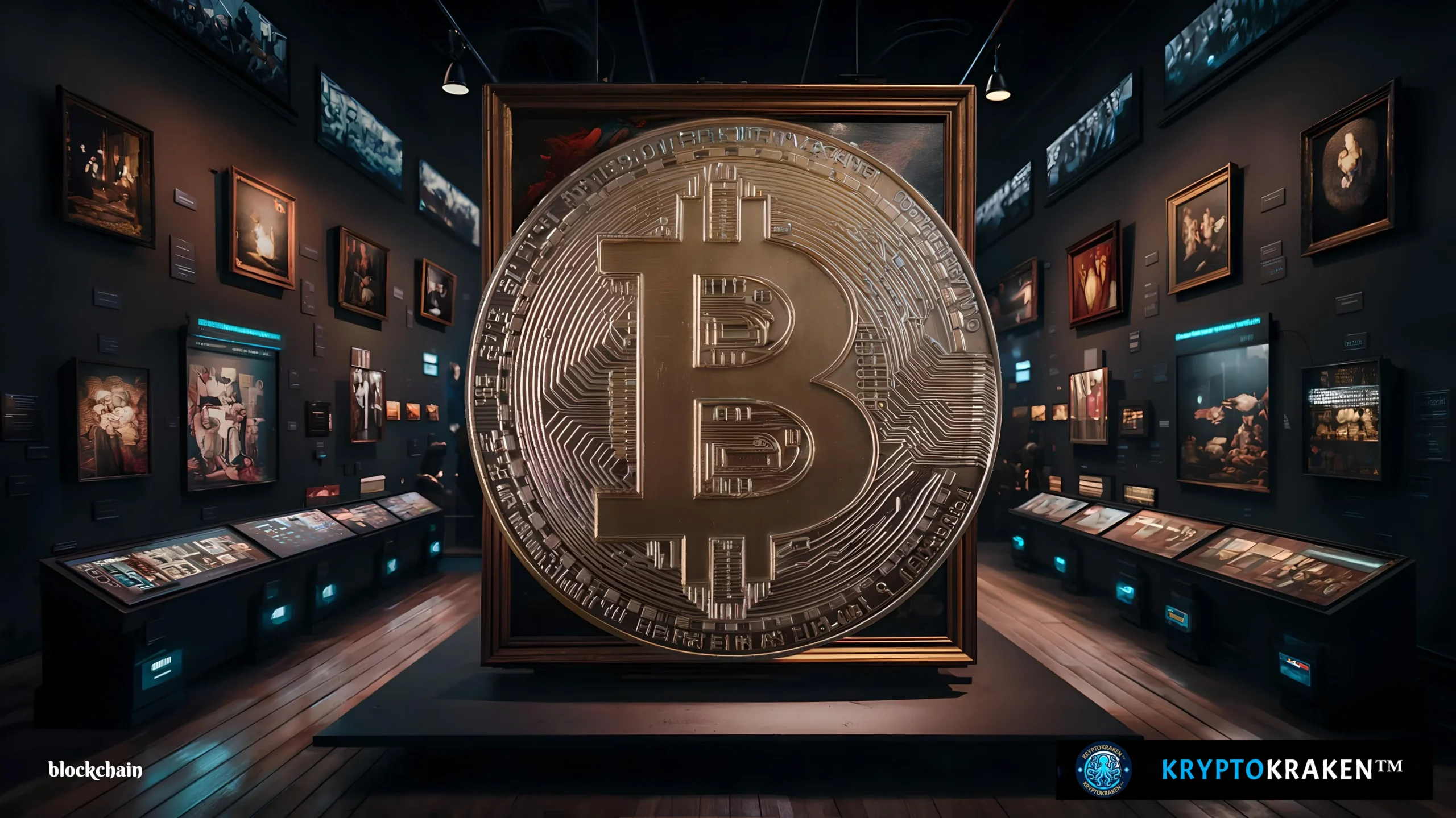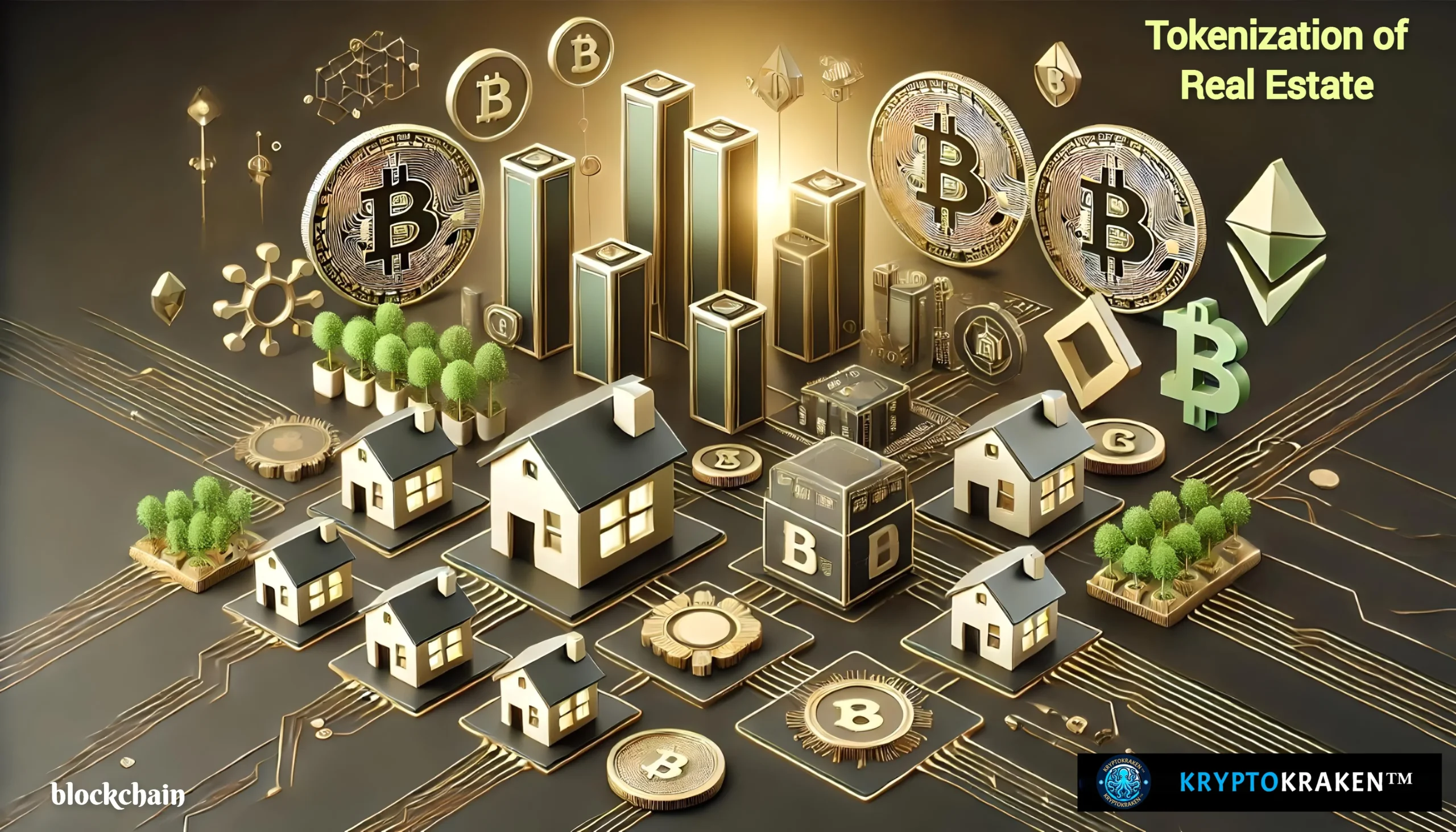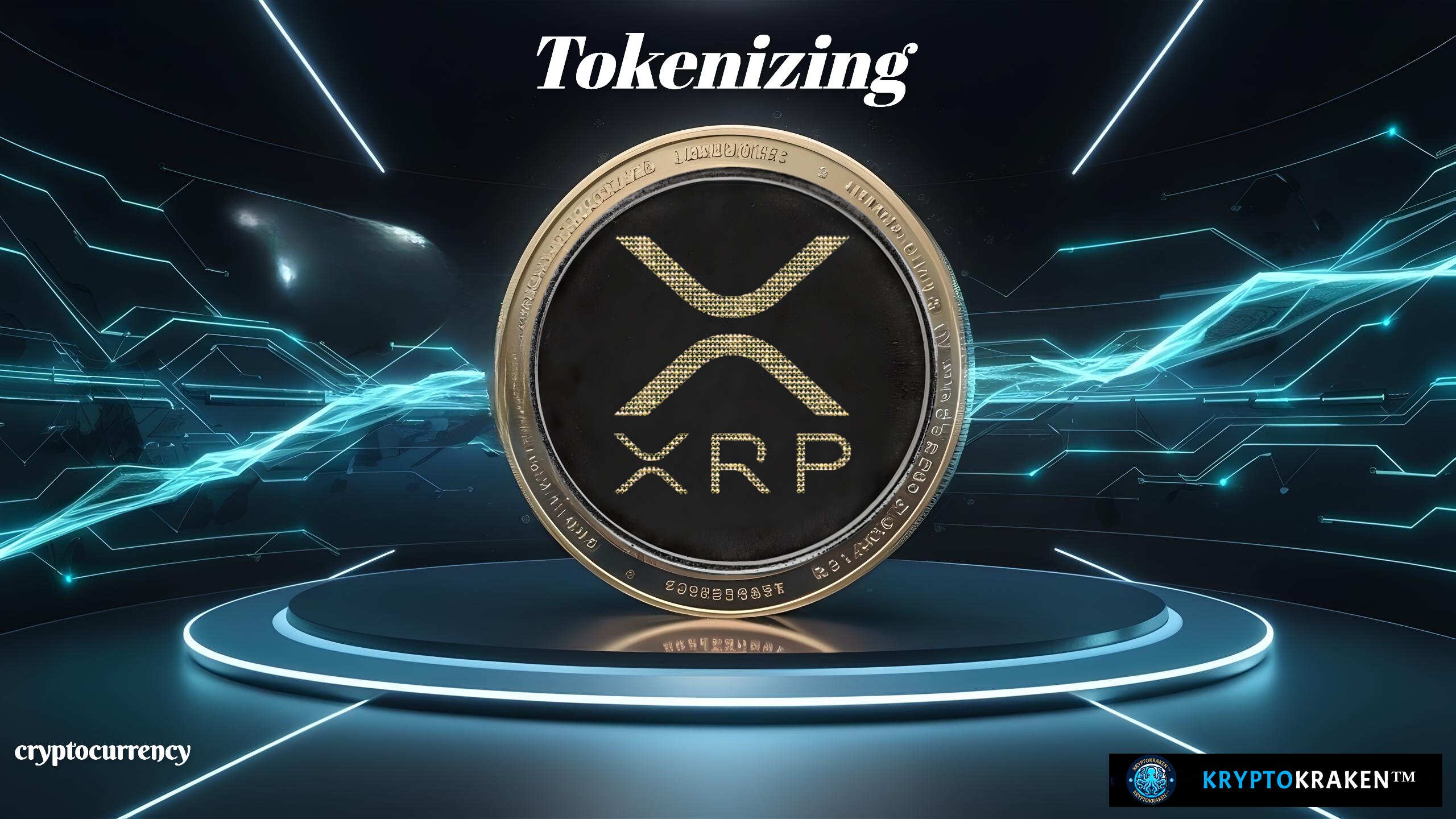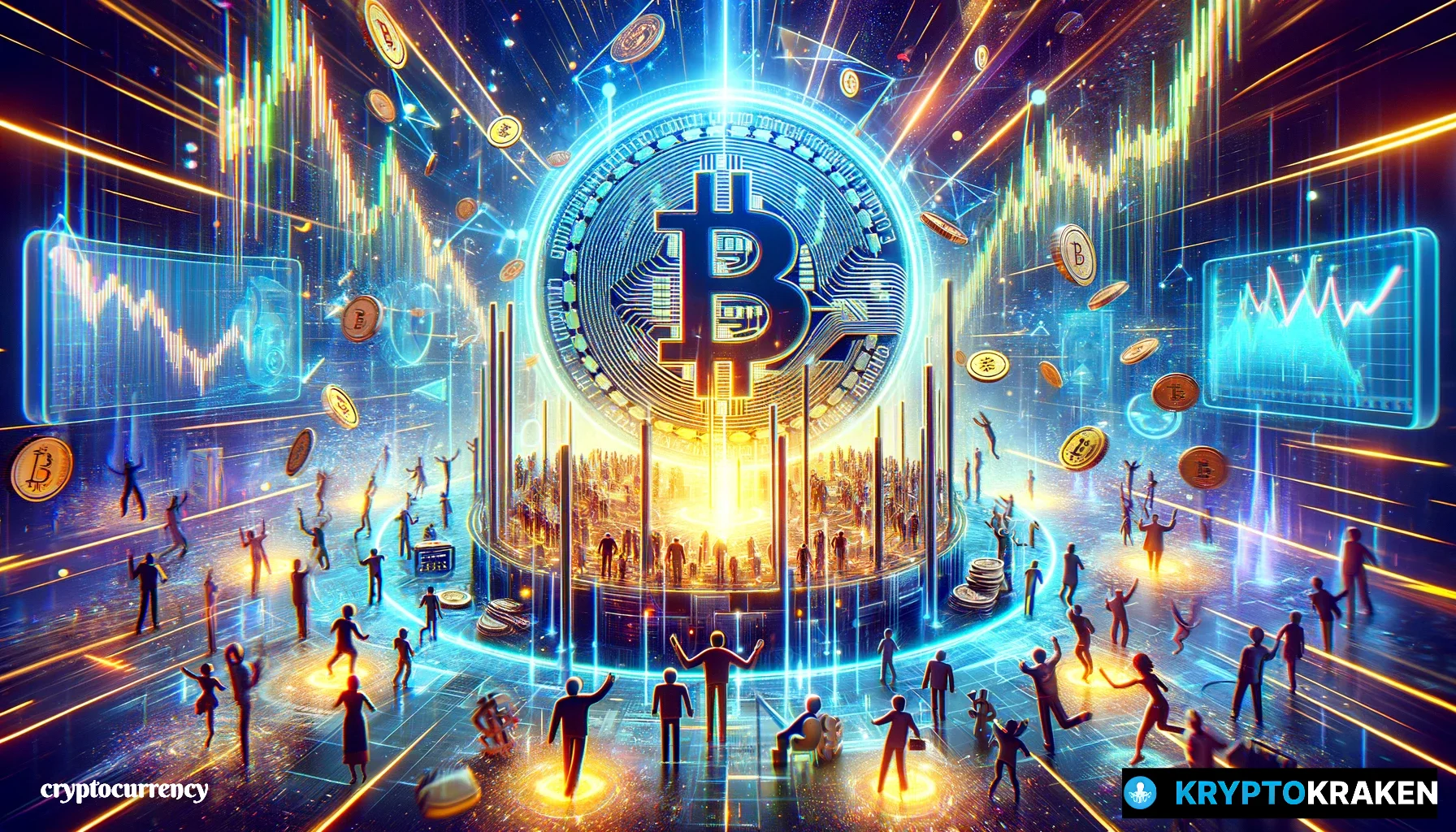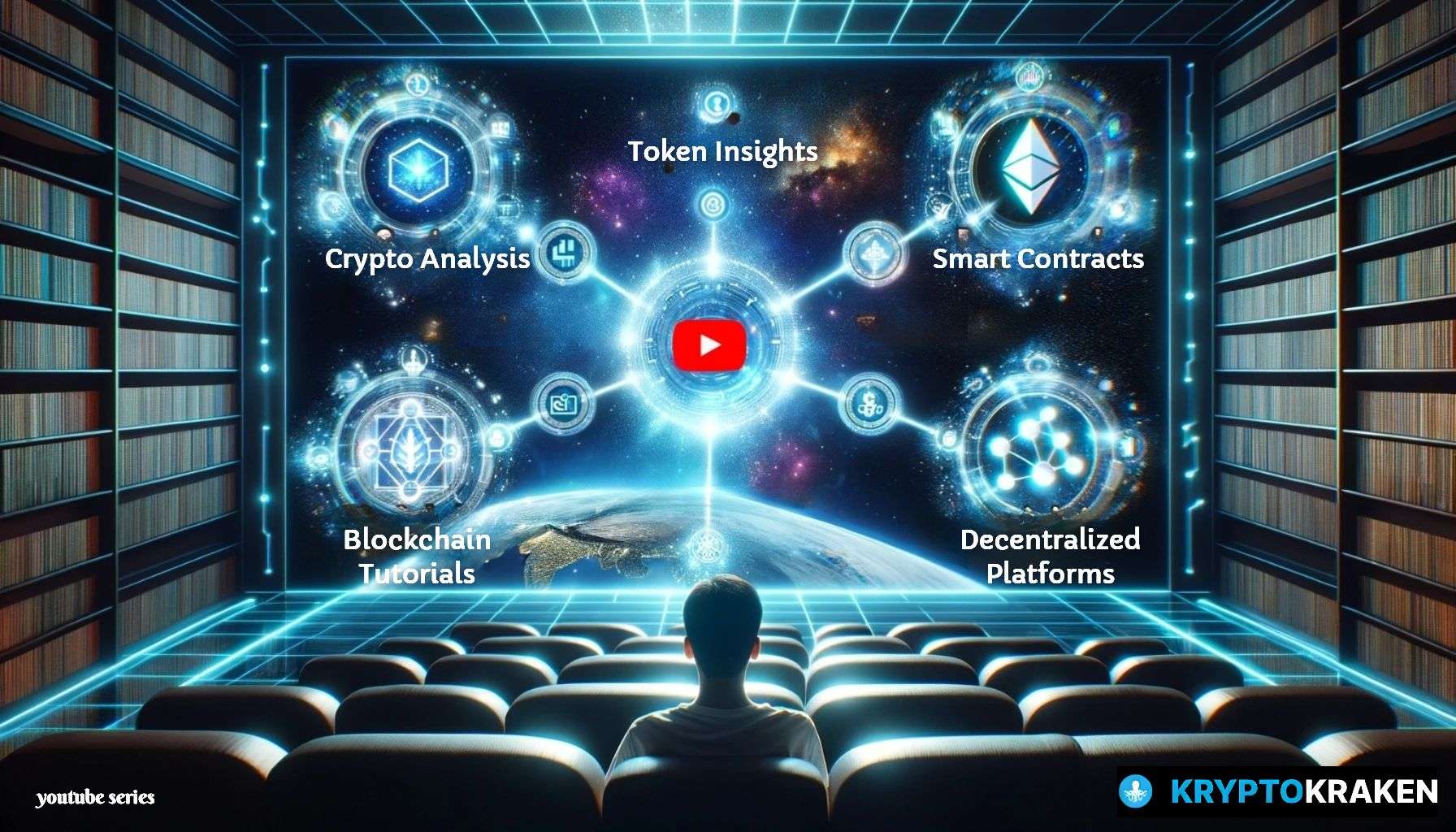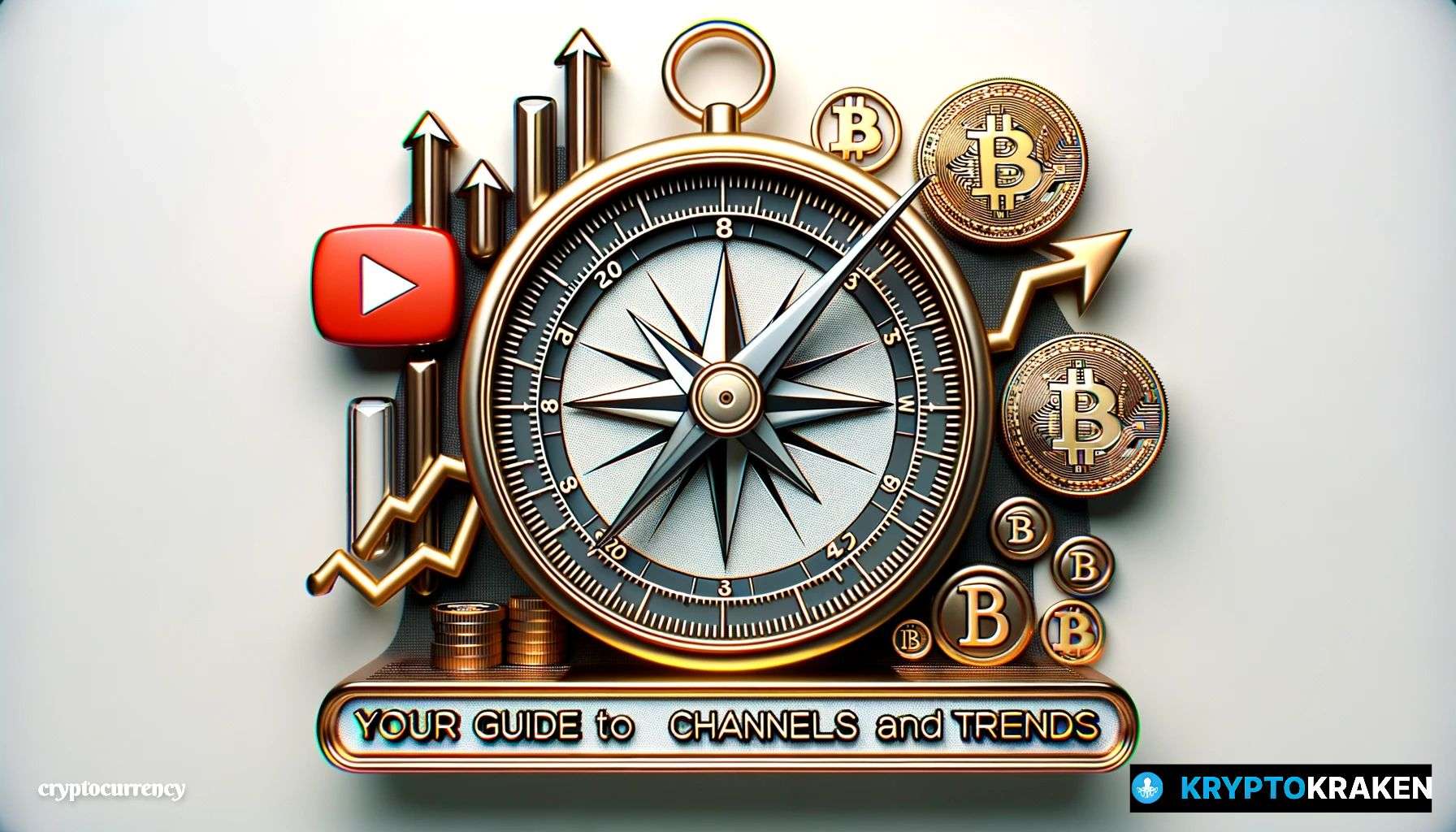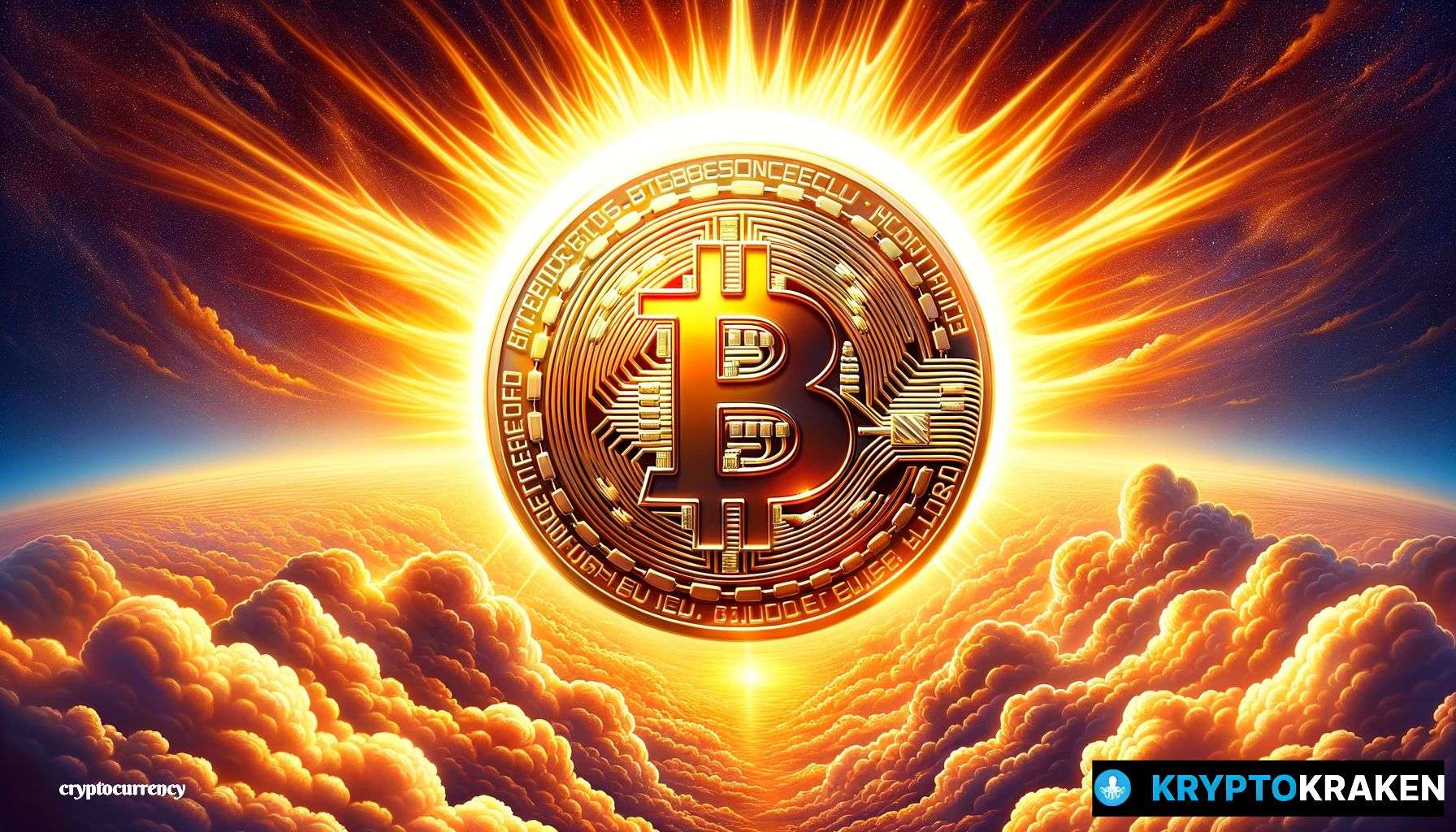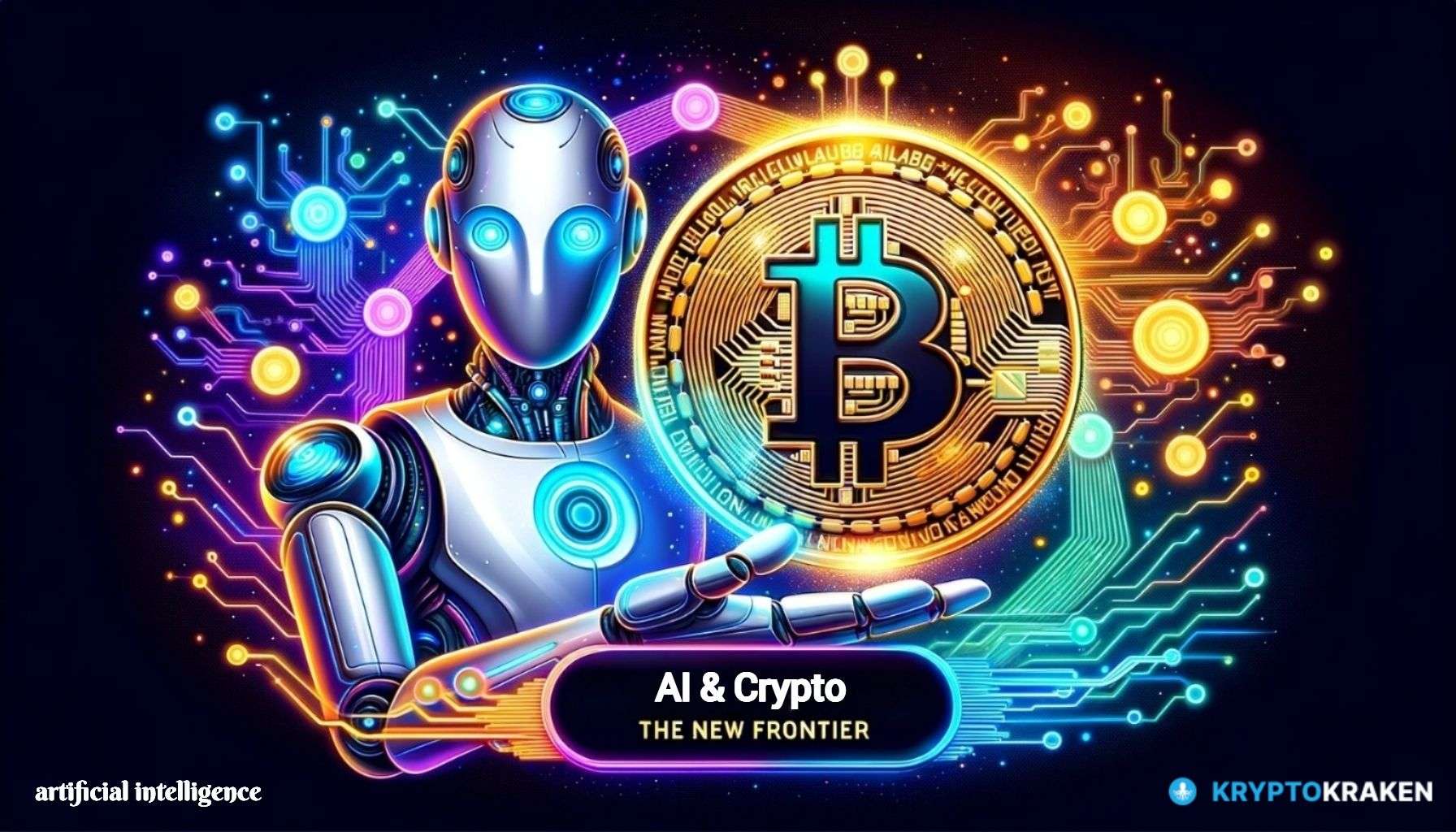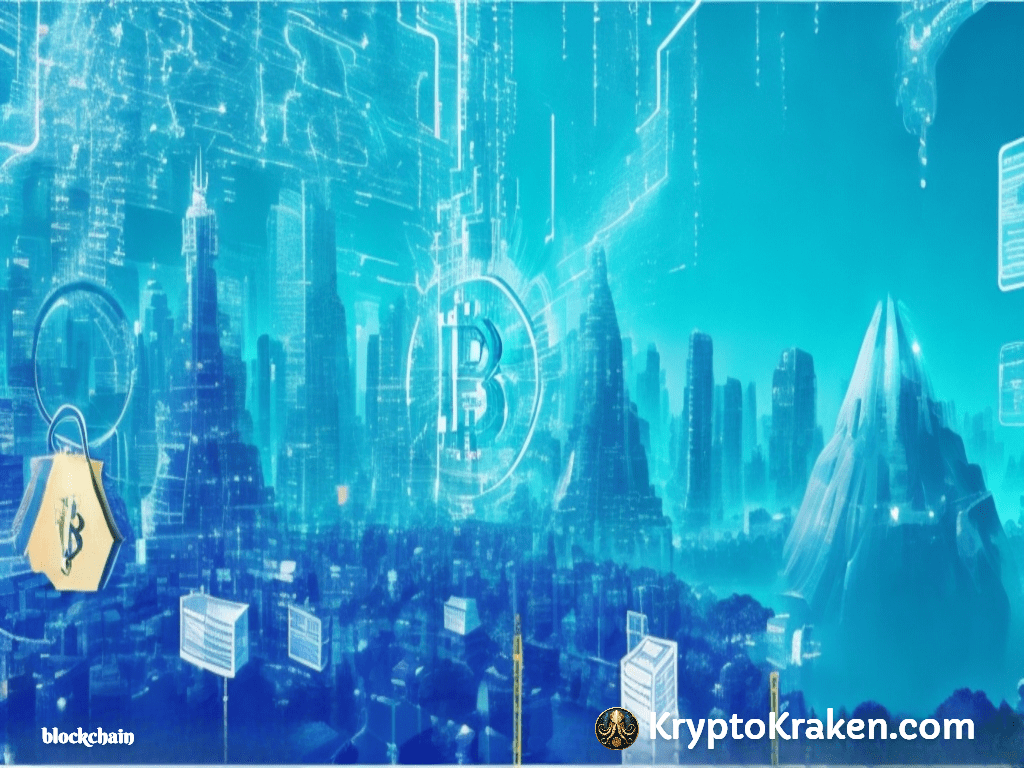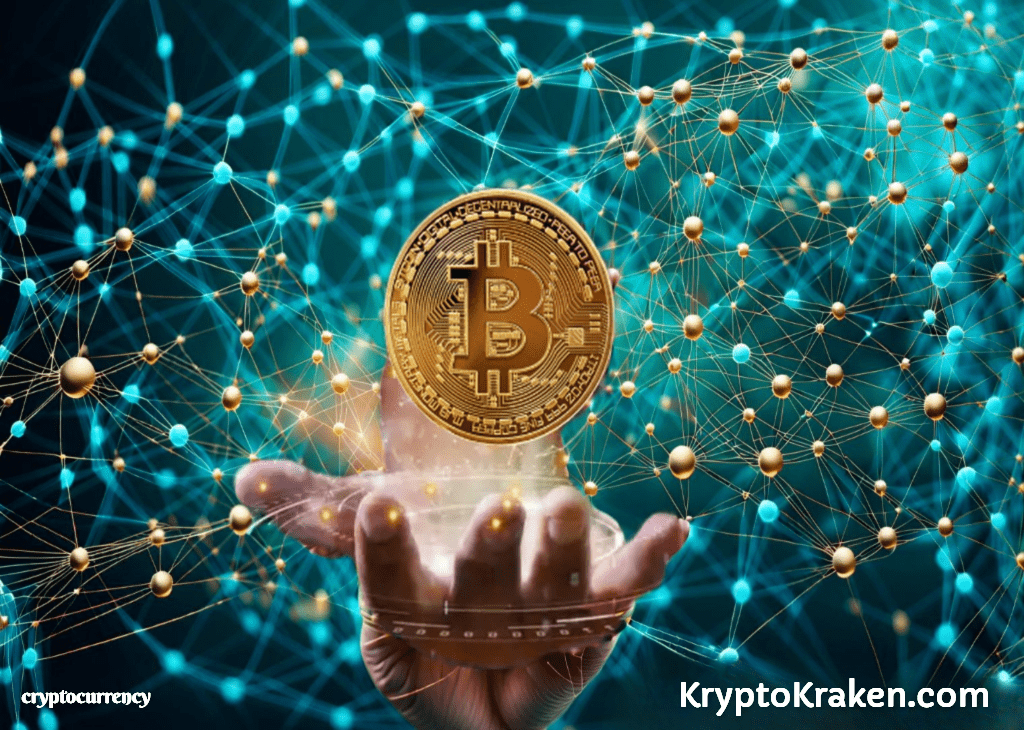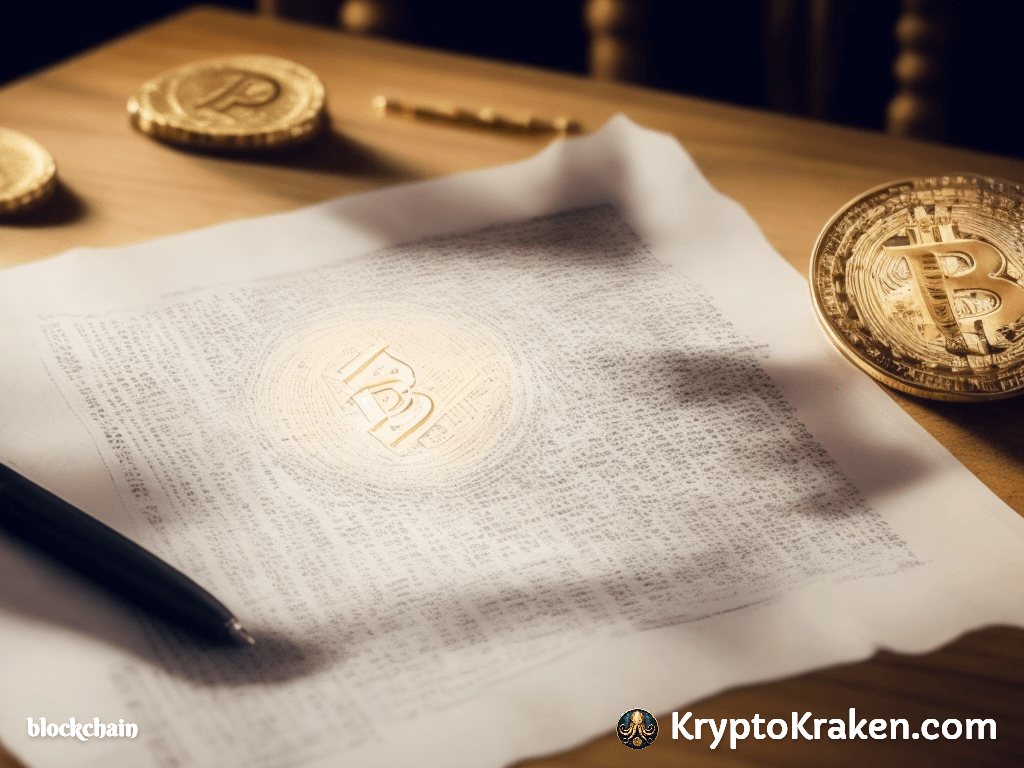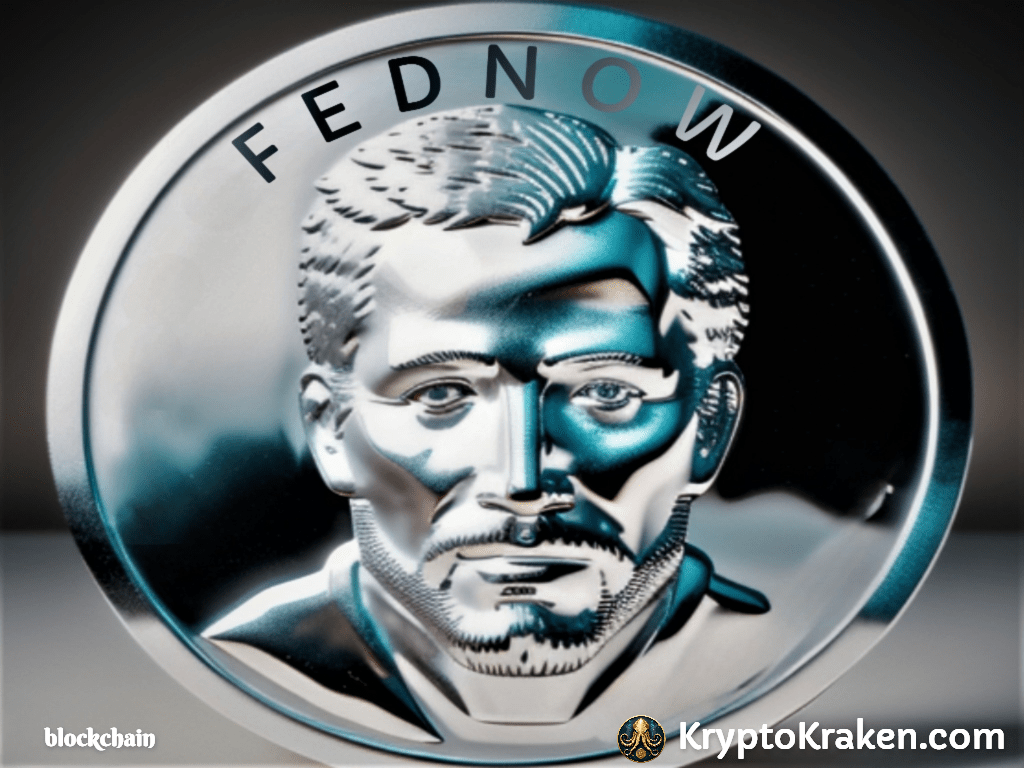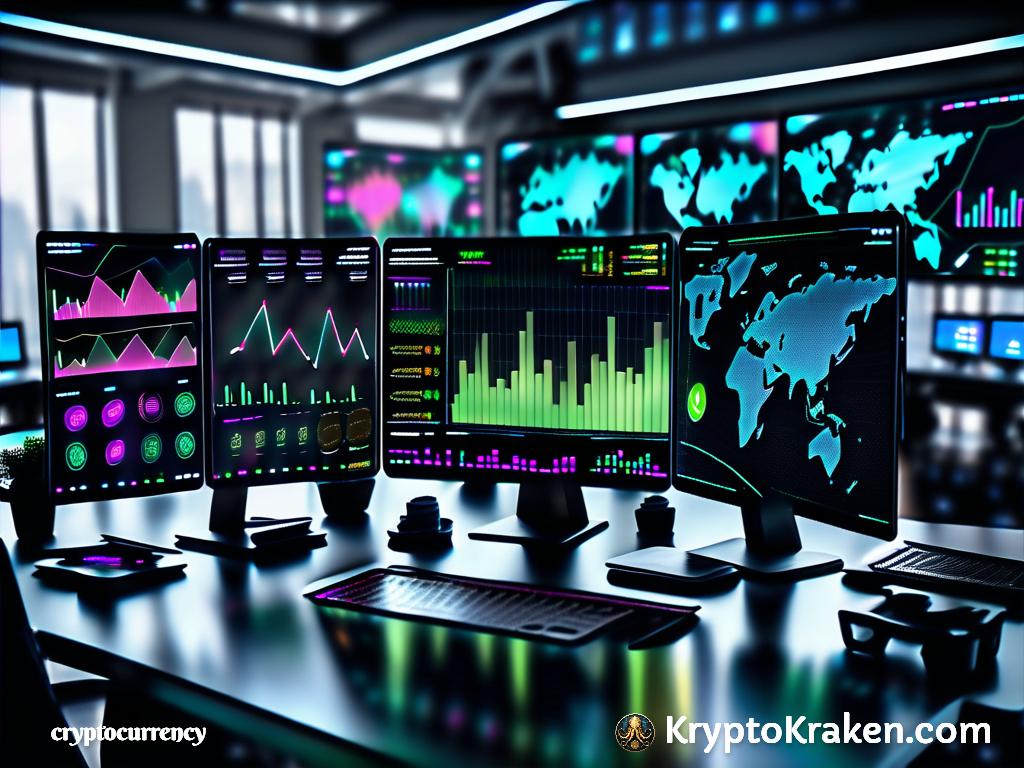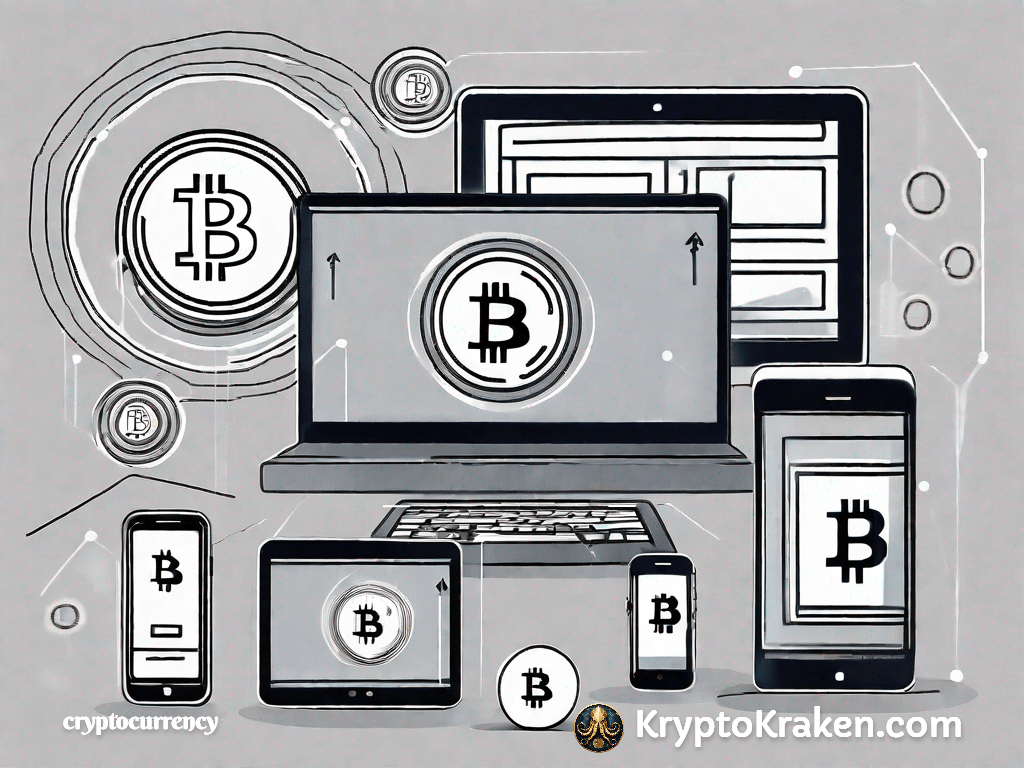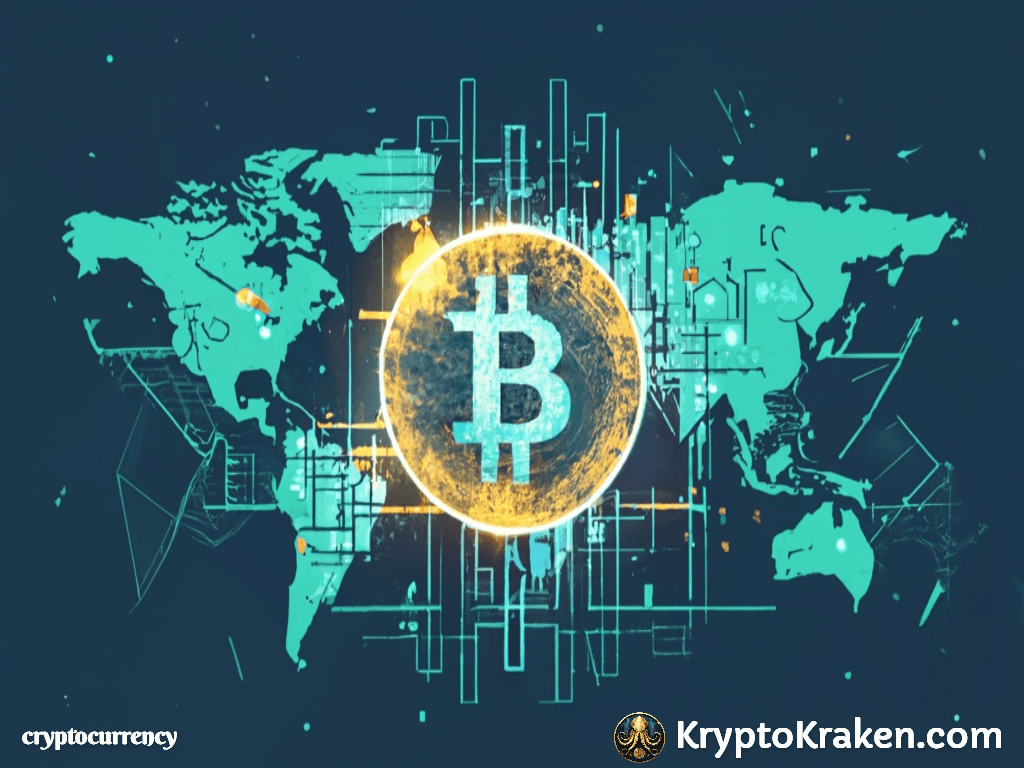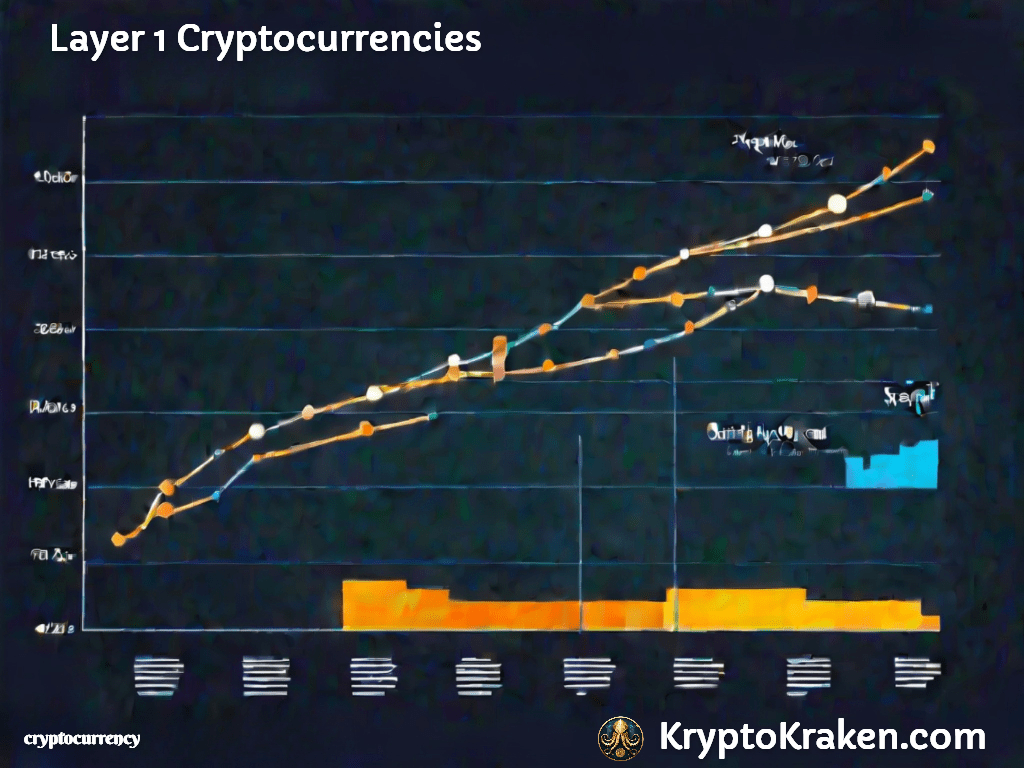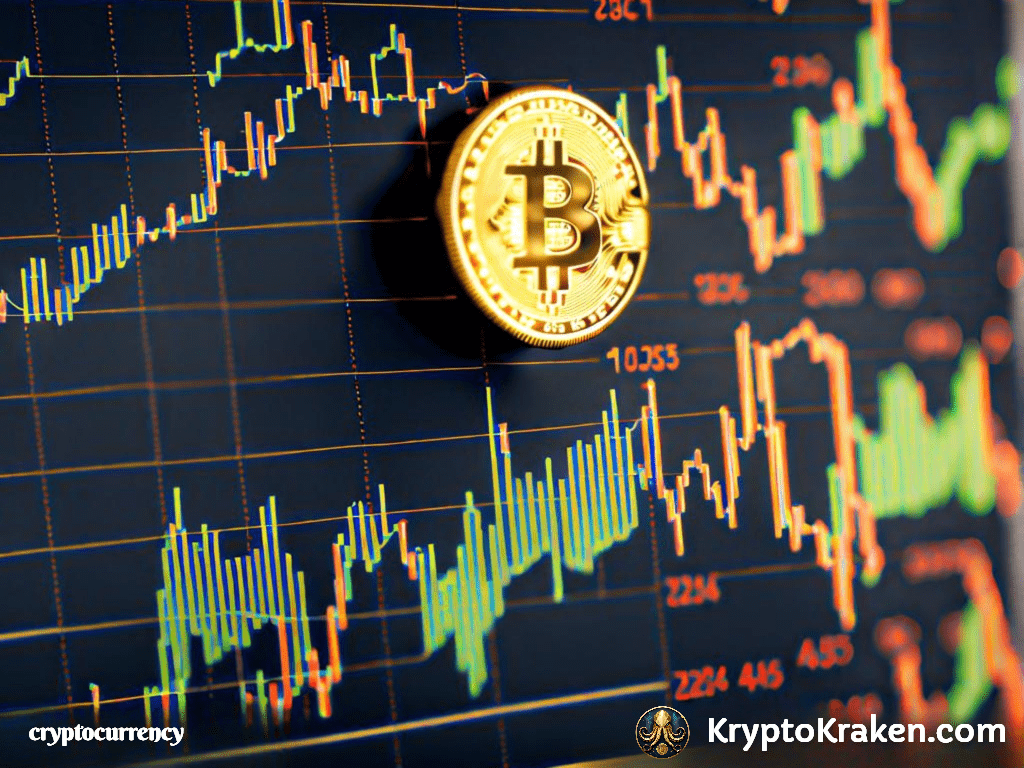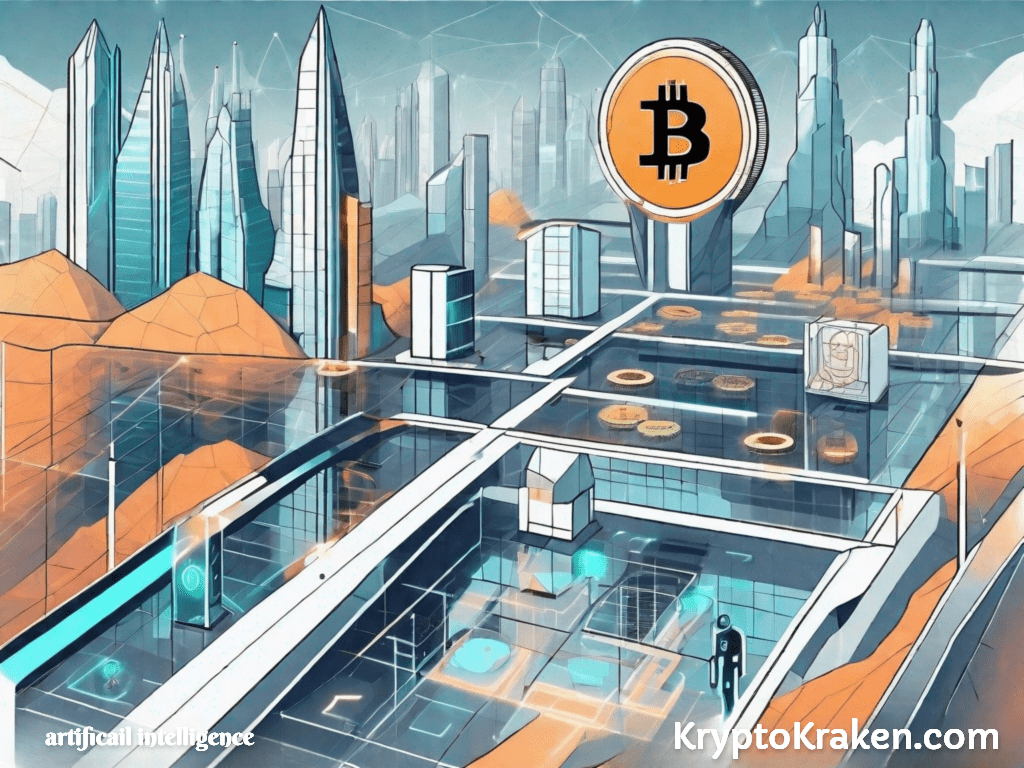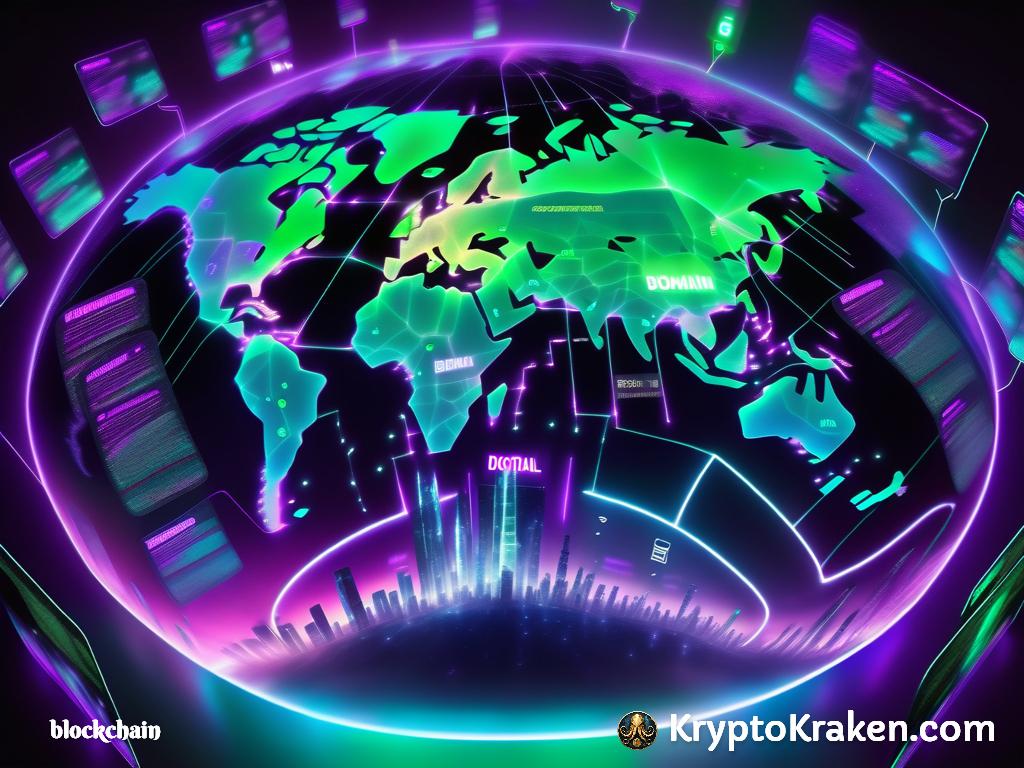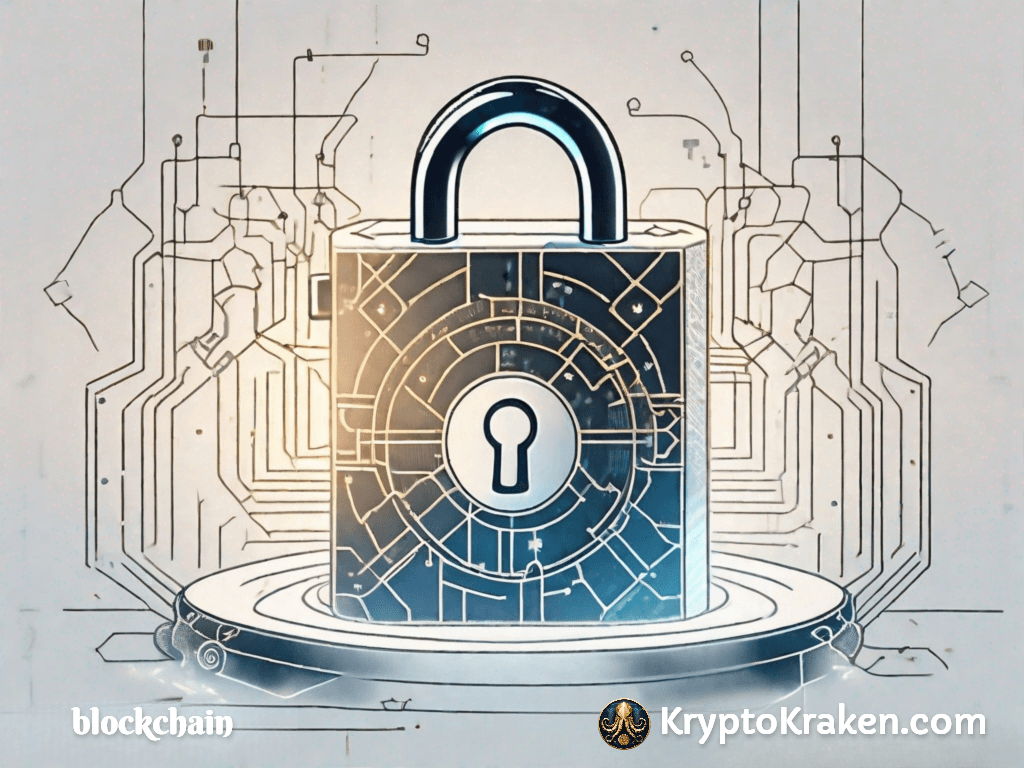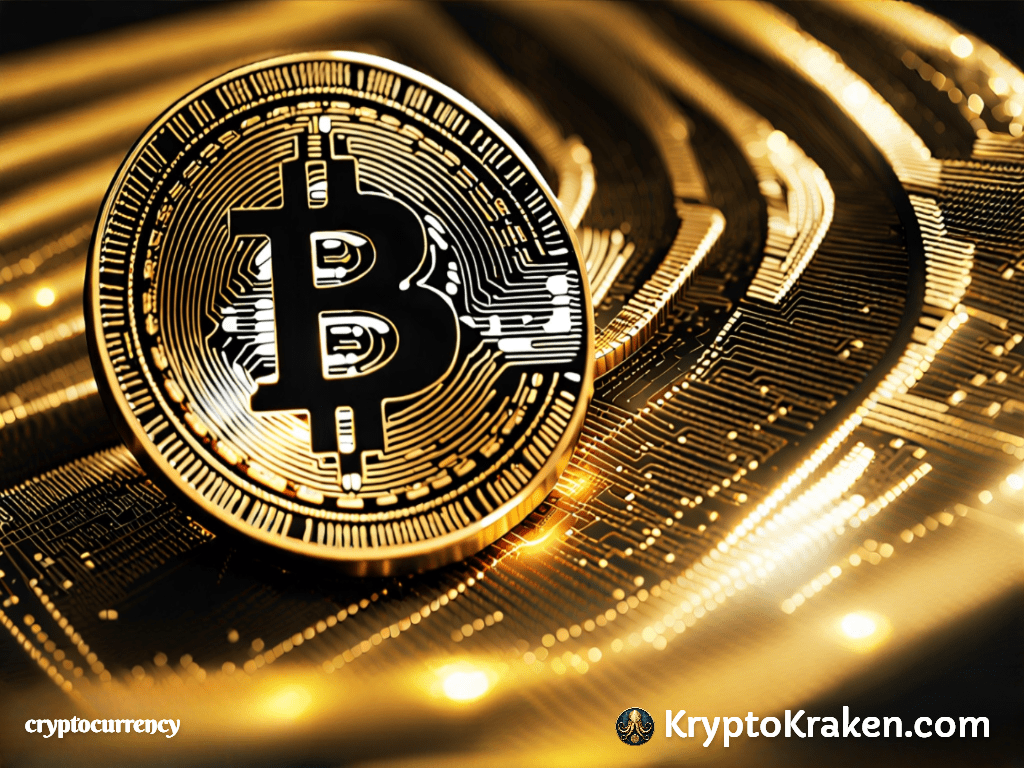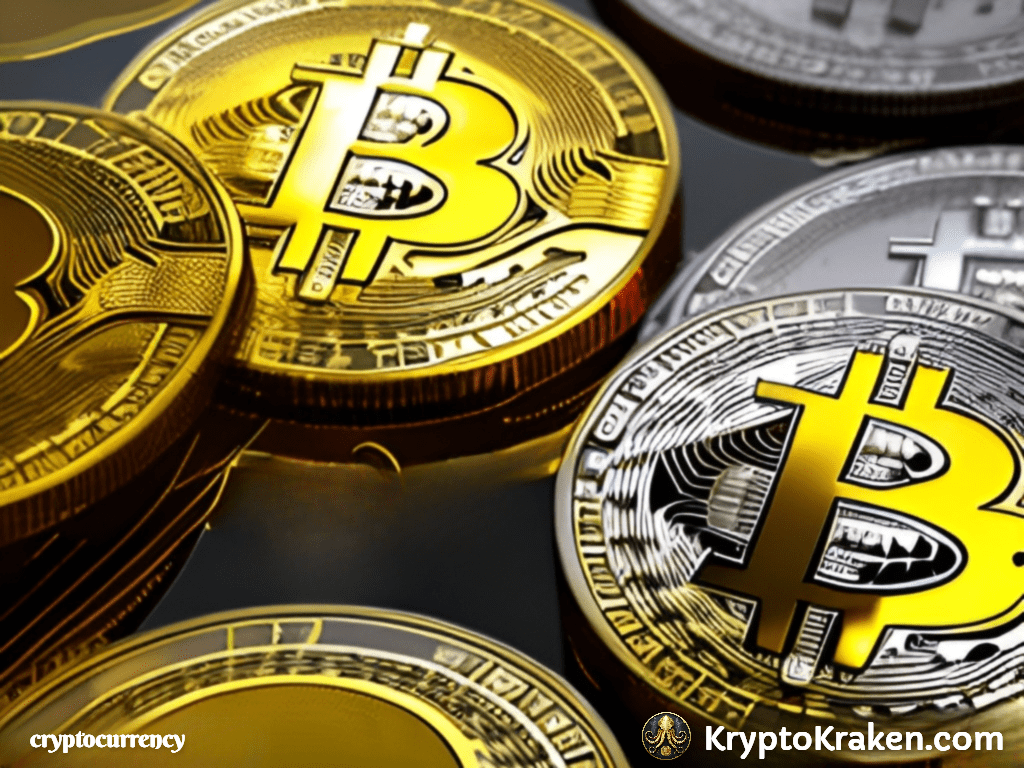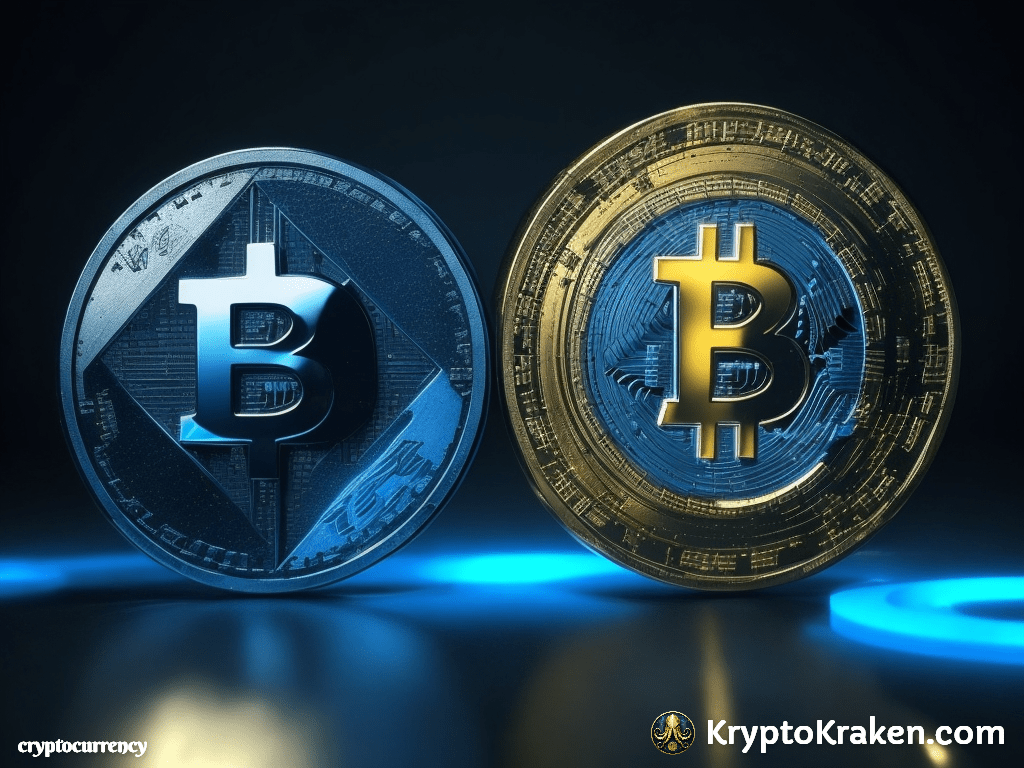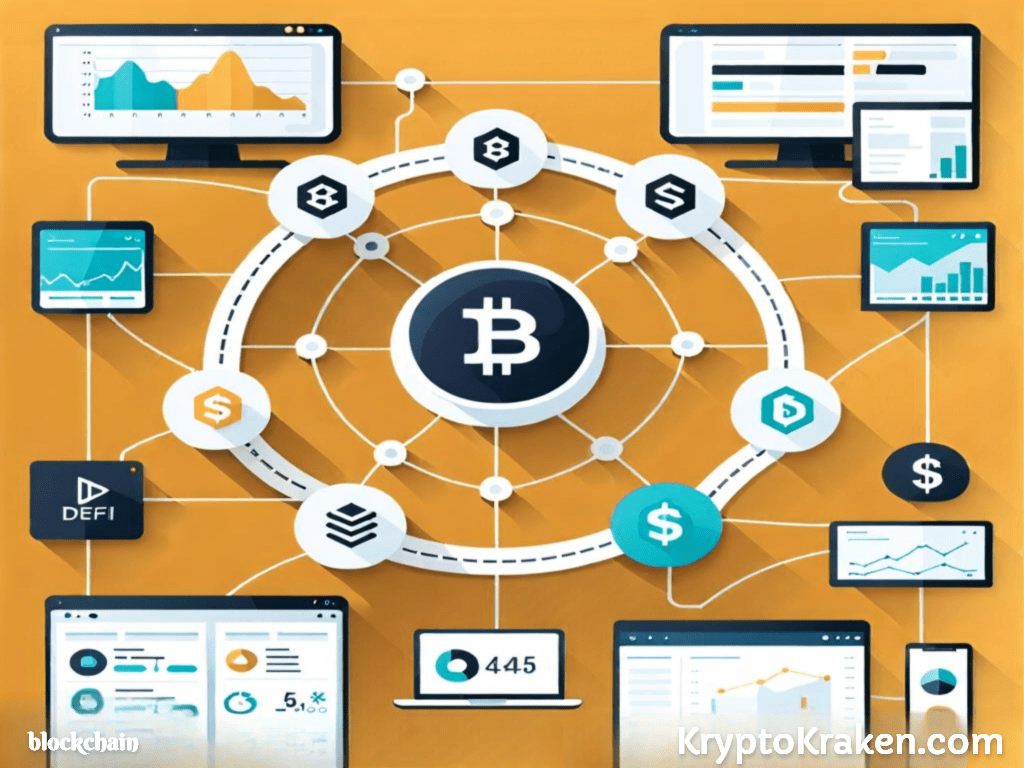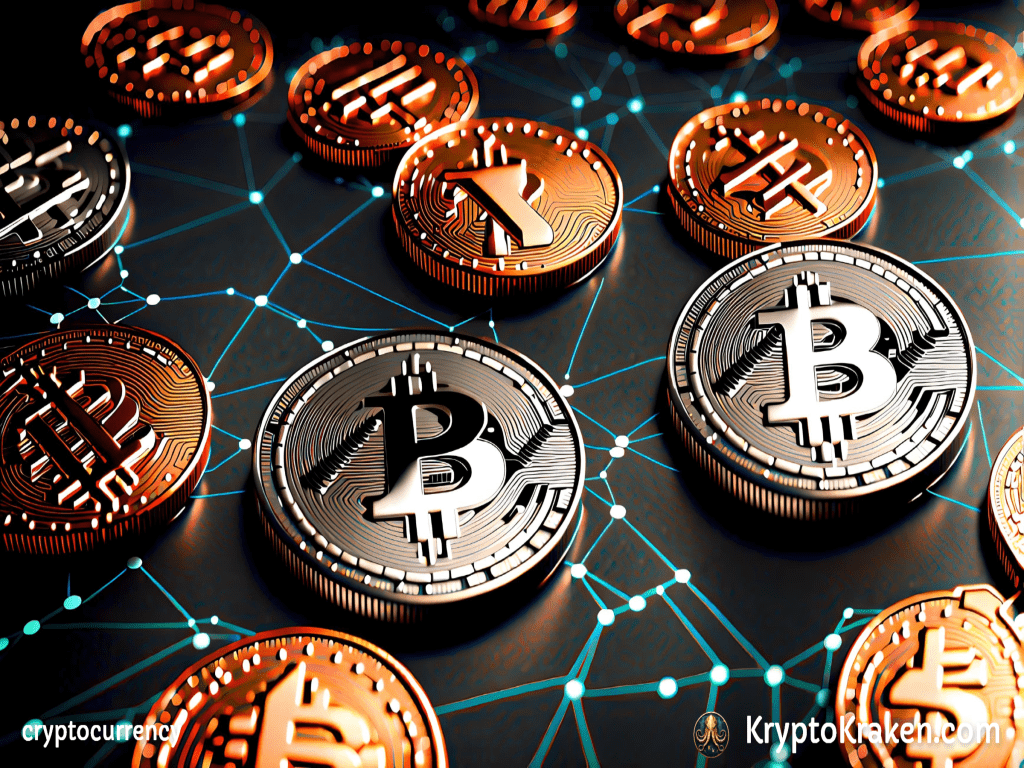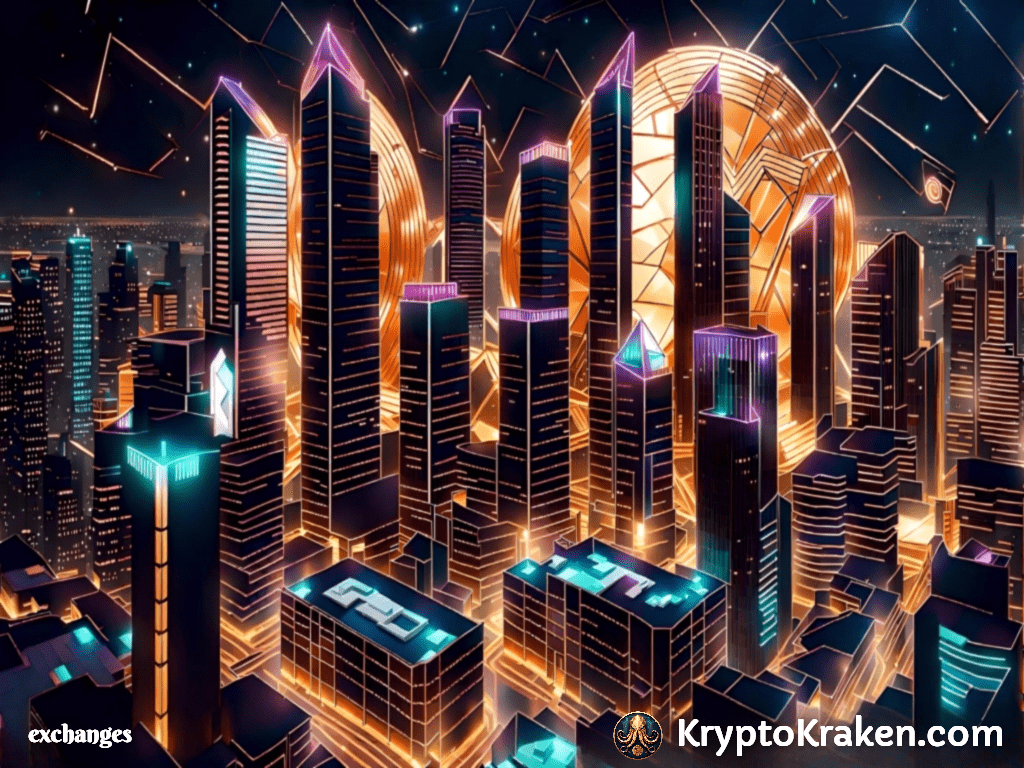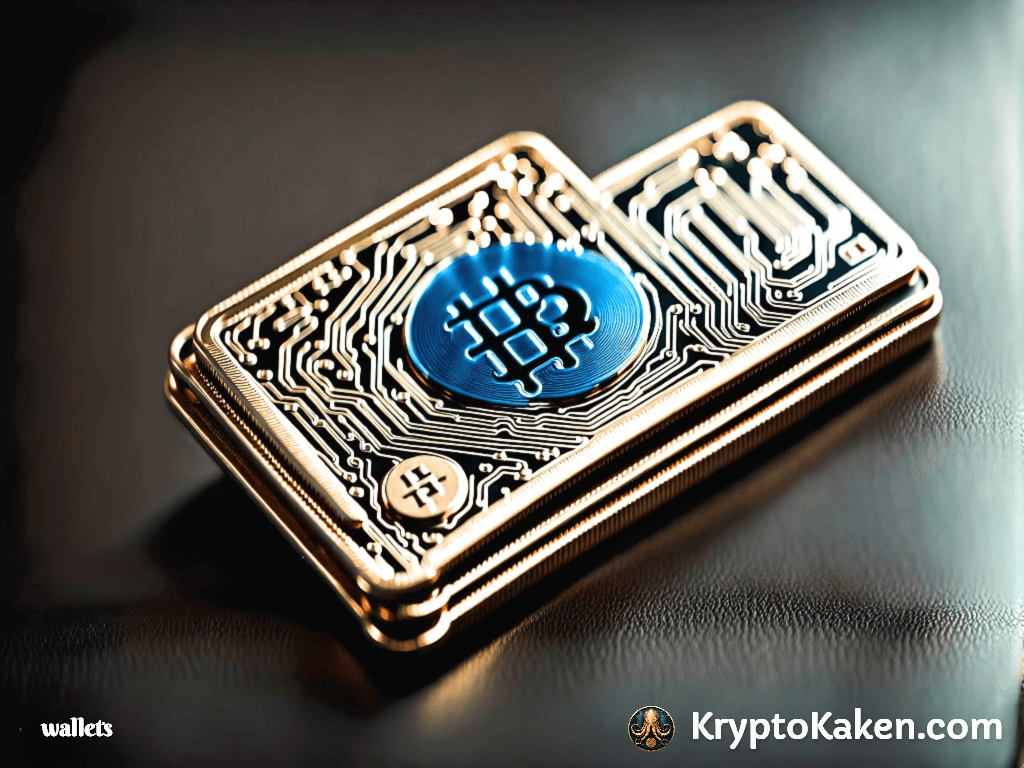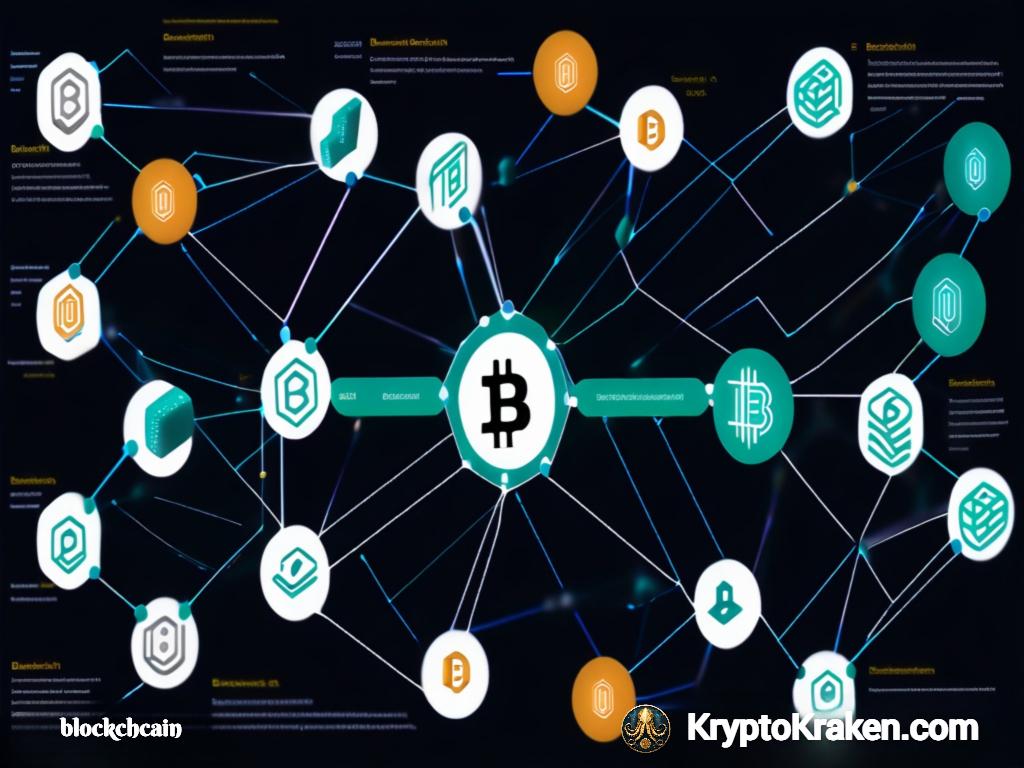
- September 18, 2024
- Dennis Frank
- 0
Table of Contents
Introduction: Ripple’s Role in Global Finance
Ripple, founded in 2012, has emerged as a prominent blockchain-based payment protocol that is transforming traditional finance. Its core technology facilitates fast, low-cost cross-border payments by offering an alternative to the cumbersome and slow processes of existing systems like SWIFT. RippleNet, the company’s payment network, leverages blockchain to enable real-time international settlements with greater transparency and security.
At the heart of Ripple’s ecosystem is XRP, a digital currency designed to bridge gaps in liquidity across global markets. Unlike traditional fiat currencies or even other cryptocurrencies, XRP’s primary use case is in financial settlements, offering on-demand liquidity (ODL) for cross-border transactions. XRP reduces the need for banks to pre-fund accounts in multiple currencies, a practice that ties up capital and increases operational costs. By utilizing XRP for liquidity, financial institutions can instantly convert fiat currencies to and from XRP, dramatically speeding up the settlement process.
Ripple’s cross-border payment solutions, particularly On-Demand Liquidity (ODL) (which uses XRP), have positioned it as a transformative player in institutional finance. Banks, payment providers, and financial institutions benefit from XRP’s ability to provide liquidity in volatile or low-liquidity markets, enhancing transaction efficiency and reducing costs.
Beyond institutional finance, XRP’s utility is growing in the decentralized finance (DeFi) space. As DeFi evolves, XRP is increasingly being integrated into various platforms that offer lending, borrowing, and yield generation, expanding its role beyond traditional financial systems. XRP is also seeing adoption in centralized finance (CeFi) applications, where centralized entities like banks and financial institutions leverage blockchain technology to improve their service offerings while maintaining compliance with regulatory frameworks.
In both decentralized and centralized financial ecosystems, Ripple’s use of XRP is aimed at solving real-world problems, such as cross-border remittances, which are often slow and costly. With its scalable and sustainable solutions, Ripple is strategically positioned to lead the charge toward more efficient global financial networks.
This growing utility, combined with Ripple’s extensive partnerships with banks and financial institutions worldwide, underscores its significance in shaping the future of global finance.
XRP ETF: Possibilities and Challenges
Current Landscape:
Speculation about the launch of an XRP ETF has been gaining traction, especially after Grayscale’s recent move to launch an XRP Trust. This development sparked renewed interest in the possibility of a full-fledged XRP ETF in the U.S. or other markets, particularly as Grayscale had previously converted Bitcoin and Ethereum Trusts into ETFs once regulatory approval was granted. The potential for an XRP ETF is seen as a significant step forward, as it would allow a broader range of investors, including retail investors, to gain exposure to XRP without needing to purchase or manage the digital asset directly.

This speculation has also been fueled by Ripple’s expanding institutional partnerships and use cases, as well as the growing popularity of ETFs within the broader cryptocurrency market. As more financial instruments like ETFs are approved for other assets such as Bitcoin and Ethereum, market observers believe it is only a matter of time before XRP follows suit. The Grayscale XRP Trust has reignited these discussions, despite not being a full ETF.
Institutional Optimism:
Ripple CEO Brad Garlinghouse has expressed strong confidence that an XRP ETF is not just possible, but inevitable. He believes that as regulatory clarity improves and the digital asset market matures, an XRP ETF will play a key role in advancing the global cryptocurrency market toward a $5 trillion valuation. Garlinghouse emphasized that with the success of Bitcoin and Ethereum ETFs, the next logical step is to approve ETFs for other major cryptocurrencies like XRP.
While some institutional players, like BlackRock’s CEO Larry Fink, have been more reserved, their involvement in discussions has also added to the optimism around an XRP ETF. The introduction of an ETF would further legitimize XRP in the eyes of institutional investors, potentially driving up demand and liquidity.
Challenges and Timeline:
Despite the growing optimism, significant regulatory hurdles remain. The U.S. Securities and Exchange Commission (SEC) has been slow to approve cryptocurrency ETFs, with concerns about market volatility, liquidity, and manipulation still prominent. XRP’s previous legal battles with the SEC add another layer of complexity, though the 2023 ruling by Judge Analisa Torres offered some clarity by determining that XRP’s sale on exchanges does not fall under securities laws. This ruling potentially removes one of the main obstacles to ETF approval.
However, regulatory experts predict that an XRP ETF could still take anywhere from 4 to 8 months to gain approval, with the timeline dependent on further legal and regulatory developments. BlackRock executives have also raised concerns about the maturity of the market, questioning whether it is robust enough to support an ETF for assets like XRP.
In summary, while the momentum toward an XRP ETF is growing, the timeline remains uncertain, with challenges primarily centered around regulatory approval and market maturity. However, if approved, an XRP ETF could mark a major milestone in legitimizing the asset for institutional and retail investors alike.
XRP Valuation and Market Dynamics
Current Price Trends:
As of mid-September 2024, XRP is trading around $0.58, experiencing a notable surge in trading activity. In the past 24 hours alone, its trading volume increased by over 50%, signaling heightened interest and volatility in the market.
This level of activity reflects broader market trends, where XRP continues to remain one of the most actively traded cryptocurrencies. Despite this, the asset has seen minor price corrections recently, but its relative stability around this price point indicates resilience in the face of ongoing market and legal challenges.
Future Price Projections:
Looking ahead, experts anticipate a bullish trajectory for XRP, driven by several macroeconomic factors. XRP’s all-time high remains at $3.84, which it hit during the 2017-2018 bull run. Market analysts project that XRP could climb back toward the $5 mark by 2025, with major catalysts including the potential approval of an XRP ETF, broader institutional adoption, and continued improvements in liquidity. The possibility of an ETF alone has sparked renewed optimism for XRP’s price, as it would open the door to mainstream investors and increase accessibility.
Additionally, growing partnerships with financial institutions and banks using Ripple’s technology could further bolster XRP’s value. Analysts believe that a combination of institutional demand, more transparent regulatory frameworks, and advancements in cross-border payment technology will lead to sustained price growth.
Factors Impacting Valuation:
Several factors could either boost or suppress XRP’s valuation in the near future. One of the most significant is its ongoing legal battle with the SEC. While the 2023 court ruling clarified that XRP’s sales on exchanges do not constitute securities transactions, other aspects of Ripple’s operations remain under scrutiny. A favorable resolution to these legal issues could dramatically enhance market confidence and push prices higher. Conversely, any negative developments in court could dampen investor sentiment.
Beyond legal challenges, institutional investors are likely to play a critical role in shaping XRP’s market dynamics. The potential introduction of an XRP ETF and its integration into more centralized financial products could increase demand, driving prices up. As the market matures, more robust liquidity channels will also reduce volatility, making XRP an even more attractive investment for large financial players.
Overall, XRP’s future valuation will be influenced by a combination of regulatory clarity, market adoption, and institutional interest, with a strong likelihood of growth over the next few years.

Ripple’s Institutional Partnerships
Ripple has successfully built an extensive network of partnerships with financial institutions and payment providers worldwide. This network is central to Ripple’s strategy of driving adoption of its blockchain-based solutions, particularly through its use of XRP in cross-border payments.
SBI Holdings:
One of Ripple’s most notable partnerships is with SBI Holdings, a major financial conglomerate in Japan. SBI has been a strong advocate for Ripple’s technology and is reportedly collaborating with Franklin Templeton on potential XRP ETFs in Japan, a move that could significantly boost Ripple’s global presence and XRP’s adoption. SBI Holdings also uses Ripple’s solutions for cross-border payments, making it a key player in Ripple’s strategy in Asia.
Money Transfer and Banking Networks:
Several financial institutions have integrated Ripple’s technology to improve the efficiency of their cross-border transactions:
- Cuallix, which operates between the U.S. and Mexico, uses Ripple’s On-Demand Liquidity (ODL) product, allowing it to leverage XRP for real-time liquidity.
- Mercury FX, based in the UK, also utilizes XRP for payment corridors between the UK, Mexico, and other countries. Mercury FX has seen significant cost reductions and faster transaction times by integrating XRP into its operations.
- Euro Exim Bank: Euro Exim Bank was one of the first banks to fully implement Ripple’s On-Demand Liquidity (ODL) for low-value cross-border trades. The bank has used XRP to enhance liquidity in transactions involving regions with higher-than-average transaction costs. Euro Exim’s use of ODL has been instrumental in demonstrating the practicality of XRP in traditional banking environments.
Expanding Global Reach:
Beyond these headline partnerships, Ripple’s network includes over a dozen smaller banks and financial services providers across Europe, Asia, and Latin America. These institutions are leveraging Ripple’s technology to offer faster, more cost-effective cross-border payments. The integration of RippleNet has allowed smaller banks and payment processors to compete with larger financial institutions by offering improved services.
Ripple’s Broader Impact on the Banking Sector:
Ripple’s products, particularly RippleNet and On-Demand Liquidity (ODL), are transforming how banks and financial institutions handle liquidity and cross-border payments. By using XRP as a bridge currency, banks can circumvent traditional SWIFT systems, reducing both costs and the time required for settlement. This innovation has made Ripple’s solutions increasingly attractive to banks looking to modernize their payment infrastructures.
Ripple’s Partnerships with Central Banks:
Ripple is also building relationships with central banks and regulatory bodies globally to promote the adoption of blockchain within the traditional financial system. Central banks are exploring how Ripple’s technology can be used for central bank digital currencies (CBDCs) and other blockchain-based solutions that improve monetary policy and financial inclusion.
Conclusion: Ripple and XRP’s Forward Momentum
Ripple’s ability to secure partnerships with major financial institutions and payment providers is a testament to its strategic importance in evolving global finance. As more banks and financial services providers adopt Ripple’s blockchain technology, and with the potential approval of an XRP ETF on the horizon, XRP is poised to become a critical player in both institutional and retail markets. Ripple’s role in cross-border payments, liquidity management, and its collaborations with central banks suggest that it will continue to shape the future of global finance.
This article was written by Dennis Frank with the help of an AI co-pilot. This is not financial advice. Always do your own research or retain a financial advisory before investing in risk assets.
Join my Youtube channel for more videos and podcasts!
KryptoKraken YouTube

References:





